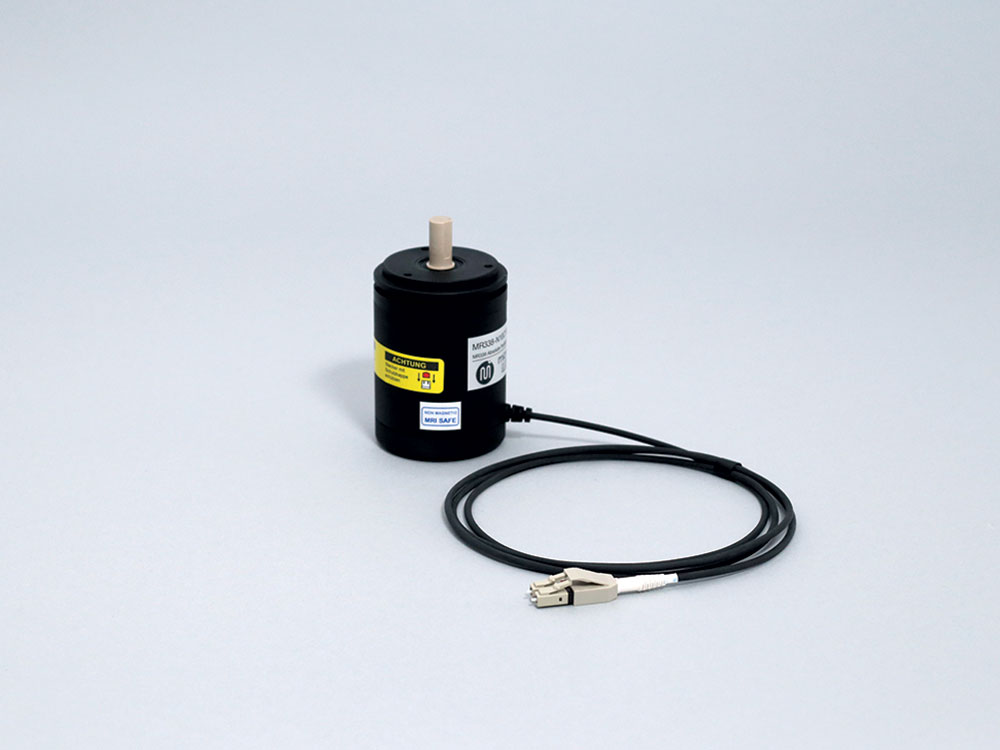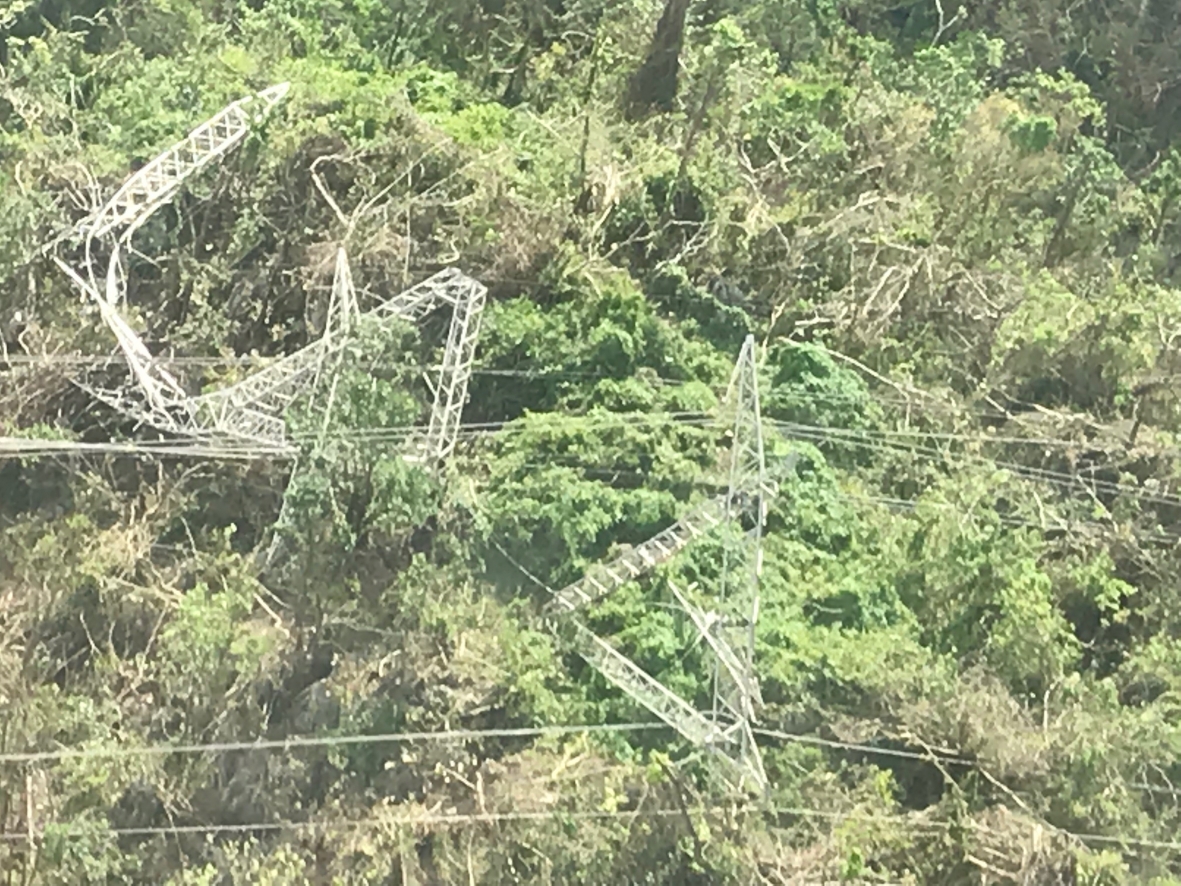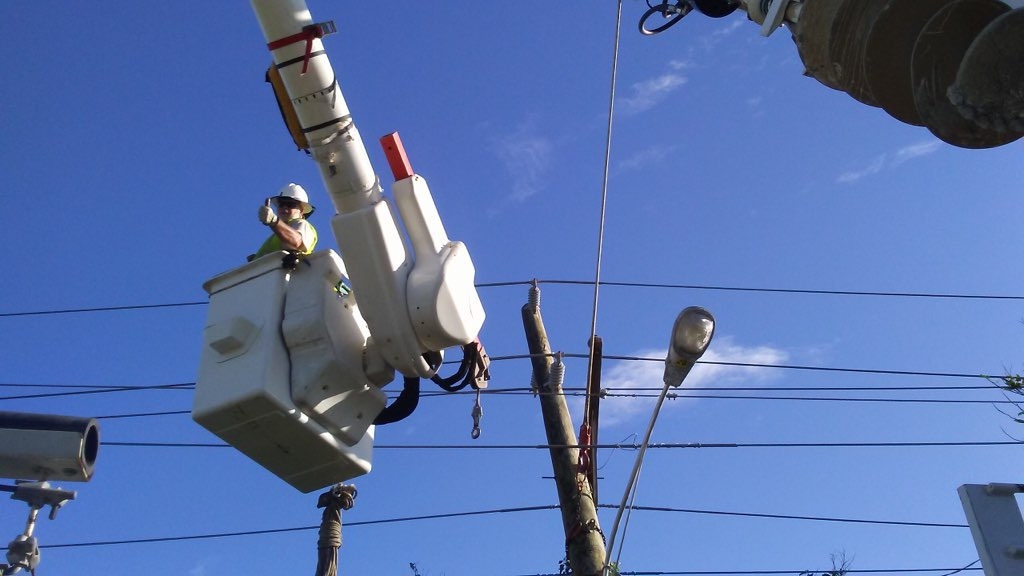CW Lasers for Short Reach Silicon Photonics Transceiver Modules and
EMLs with Integrated Drivers for Long Reach PAM4 Transceivers
NeoPhotonics Corporation (NYSE:NPTN), a leading designer and
manufacturer of optoelectronic solutions for the highest speed
communications networks in telecom and datacenter applications, highlighted its laser components for 100 to 400
Gbps applications for the data center, including CWDM4, CLR4, PSM-4 and
PAM4, at the at the European Conference on Optical Communications in
Gothenburg, Sweden, in September (2017).
First, NeoPhotonics offers
high power 1310 nm lasers and laser arrays qualified for use with
low-cost, non-hermetic packages for 100G silicon photonics based QSFP28
modules. For longer reaches, NeoPhotonics offers low power consumption
28 GBaud externally modulated lasers (EML) with an integrated driver,
which are designed for 4x25 NRZ 100G, 4x50 PAM4 200G, and 8x50 PAM4 400G
data center applications. NeoPhotonics also offers a leading 56 Gbaud
EML with an integrated driver which is designed for use in 4x100 PAM4
configurations for 400G data center applications.
Silicon Photonics based transceivers require custom, high power,
non-hermetic laser sources to provide the light source. NeoPhotonics has
developed, and qualified to the Telcordia GR-468-CORE Issue 2 standard,
a line of high power, uncooled lasers and laser arrays. Each laser
provides an efficient and high power light source designed around a
specific implementation of silicon-based high speed analog and digital
electronic devices and related photonic components. These high power
1310nm CW DFB lasers are qualified to the non-hermetic test compliance
with Telcordia GR-468-CORE Issue 2, including damp heat testing for
powered non-hermetic devices, and are production ready.
For longer reaches, NeoPhotonics new 28 GBaud EML integrates a driver,
which utilizes NeoPhotonics low power linear GaAs amplifier technology,
with NeoPhotonics 28 GBaud EML at the chip-on-carrier, or CoC, level.
The CoC assembly fits into a four channel transmitter optical
sub-assembly, or Quad TOSA, designed for 100Gbps QSFP28 and CFP4 form
factors, eliminating the need for a separate driver on the board. In
PAM4 applications, the integrated linear driver makes NeoPhotonics’ new
CMOS-drivable 28 GBaud EML an attractive option for 200Gbps and 400Gbps
applications due to the simple and direct connection to the PAM4/CDR IC.
NeoPhotonics’ 56 Gbaud EML with integrated driver is similarly
attractive for use in PAM4 single wavelength 100G for four wavelength
400G applications.
“Our laser components are key elements for optical modules used inside
the datacenter suppling the light for short reach Silicon Photonics
based 100G transceivers and the modulated light for longer reach PAM4
based 100G and 400G transceivers,” said Tim Jenks, Chairman and CEO of
NeoPhotonics. “While the laser architectures are different, both are
designed by us, manufactured in our internal fabs and utilize our hybrid
photonic integration technology for high performance and high
reliability,” continued Mr. Jenks.
In addition, as part of the ECOC Market Focus Program, Dr. Winston Way,
NeoPhotonics CTO, Systems, presented a paper entitled “Applications
of 64 Gbaud Optical Components and Modules”.
About NeoPhotonics
NeoPhotonics is a leading designer and manufacturer of optoelectronic
solutions for the highest speed communications networks in telecom and
datacenter applications. The Company’s products enable cost-effective,
high-speed data transmission and efficient allocation of bandwidth over
communications networks. NeoPhotonics maintains headquarters in San
Jose, California and ISO 9001:2000 certified engineering and
manufacturing facilities in Silicon Valley (USA), Japan and China.
© 2017 NeoPhotonics Corporation. All rights reserved. NeoPhotonics and
the red dot logo are trademarks of NeoPhotonics Corporation. All other
marks are the property of their respective owners.
Safe Harbor Statement Under the Private
Securities Litigation Reform Act of 1995
This press release includes statements that qualify as forward-looking
statements under the Private Securities Litigation Reform Act of 1995,
including those related to industry trends and expected demand for high
speed network applications. Readers are cautioned that these
forward-looking statements involve risks and uncertainties and are only
predictions based on the company’s current expectations, estimates and
projections about their respective industry and business, management’s
beliefs, and certain assumptions made by the company, all of which are
subject to change and which may differ materially from actual future
events or results. The actual company results and the timing of events
could differ materially from those anticipated in such forward-looking
statements as a result of these risks, uncertainties and assumptions.
Certain risks and uncertainties that could cause the company’s results
to differ materially from those expressed or implied by such
forward-looking statements as well as other risks and uncertainties
relating to the company’s business, are described more fully in the
Company’s Annual Report on Form 10-K for the year ended December 31,
2016, filed with the Securities and Exchange Commission.
SOURCE LINK:
https://www.neophotonics.com/press-releases/?newsId=2301118





